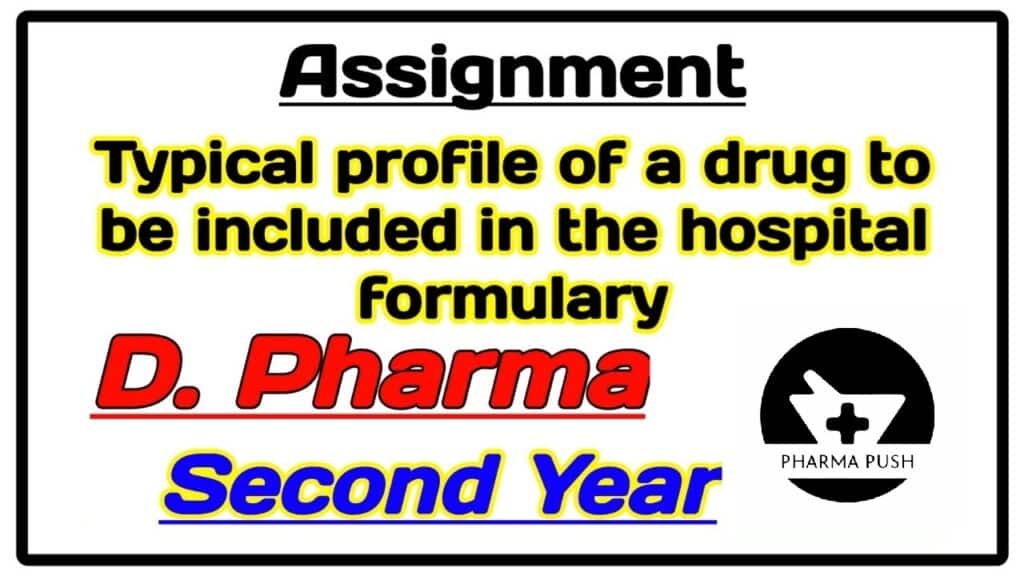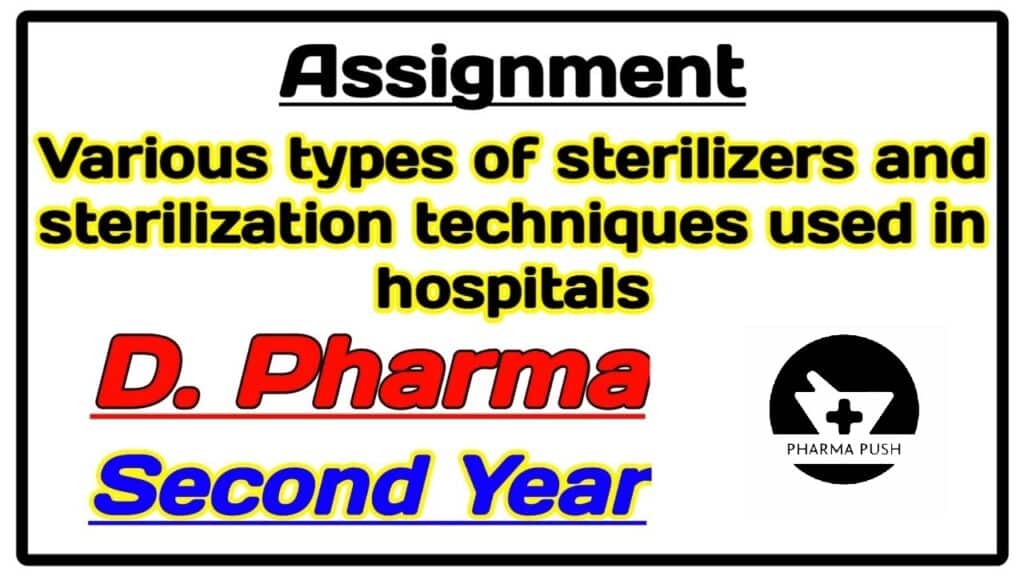Hospital waste can also be known as medical waste or clinical waste. Specifically, clinical waste is any waste that poses a risk of contamination or infection. There are many other places besides hospitals that produce similar waste such as dental surgeries, doctors’ surgeries, research laboratories, funeral parlours, veterinary clinics, blood banks and nursing homes.
Proper disposal of hospital waste is critical for maintaining the health and safety of patients, healthcare workers, and the general public. Here are some recommended practices for safe waste disposal of hospital waste:
- Segregation of waste: The first step in safe waste disposal is to segregate different types of waste. This will ensure that each type of waste is treated and disposed of in the appropriate manner. Examples of waste categories include infectious waste, sharps waste, pharmaceutical waste, and hazardous waste.
- Labeling and marking of waste: Each category of waste should be clearly labeled and marked with appropriate color codes and symbols to indicate its contents and level of hazard. This will ensure that the waste is handled and disposed of properly.
- Use of appropriate containers: The use of appropriate containers is crucial for safe waste disposal. Each category of waste should be placed in a designated container that is appropriate for its contents and level of hazard. For example, infectious waste should be placed in leak-proof and puncture-resistant containers, while sharps waste should be placed in puncture-resistant containers.
- Proper transportation: Once the waste is properly segregated, labeled, and placed in appropriate containers, it should be transported to the disposal site using appropriate vehicles and procedures. The transportation process should be carefully planned and monitored to prevent spillage or release of hazardous materials.
- Proper disposal methods: There are various methods of hospital waste disposal, including incineration, autoclaving, chemical treatment, and landfilling. The choice of disposal method should be based on the type and level of hazard of the waste. It is important to follow local regulations and guidelines for safe waste disposal.
- Training of healthcare workers: Healthcare workers should be trained on safe waste disposal practices, including proper segregation, labeling, and handling of waste. They should also be provided with appropriate personal protective equipment (PPE) to prevent exposure to hazardous materials.
- Regular monitoring and auditing: Regular monitoring and auditing of waste disposal practices can help identify areas for improvement and ensure that safe practices are being followed. This can also help to prevent environmental contamination and protect public health.
Risks Associated with Improper Waste Disposal
Improper waste disposal can have a range of negative effects on both human health and the environment. Some of the risks associated with improper waste disposal include:
You May Like: Fumigation and pesticide control in hospitals
- Pollution of air and water: When waste is not properly disposed of, it can pollute the air and water. For example, burning of waste can release harmful gases and chemicals into the air, while dumping waste in bodies of water can contaminate the water and harm aquatic life.
- Spread of diseases: Improper waste disposal can also contribute to the spread of diseases. For example, discarded medical waste can contain pathogens that can cause infections and spread diseases.
- Soil contamination: Waste that is not properly disposed of can also contaminate the soil, making it unsuitable for agriculture or other uses.
- Hazardous waste exposure: Some types of waste, such as chemicals, batteries, and electronic waste, contain hazardous materials that can be harmful to human health if they are not disposed of properly.
- Climate change: Improper waste disposal can contribute to climate change by releasing greenhouse gases, such as methane, into the atmosphere.
- Wildlife harm: Improper waste disposal can have negative impacts on wildlife as well. For example, animals may ingest plastic waste, which can lead to injury or death.
Overall, proper waste disposal is critical to protecting human health and the environment. It is important to follow appropriate waste management practices and dispose of waste in a safe and responsible manner.
Color-code containers and waste bins
Hospital waste disposal involves the proper identification of the different types of medical waste and each type of medical waste requires a different disposal method. Segregating medical wastes based on their type helps ensure that each waste is discarded, transported, and destroyed properly. Waste bin color coding in hospitals help healthcare staff easily segregate waste and identify which waste goes to which container to help prevent issues arising from random or improper disposal.
Red – anatomical (e.g. blood, organs)
Orange – clinical/infectious
Yellow – clinical/highly infectious
Blue – medicines (e.g. unused drugs)
Purple – cytotoxic and/or cytostatic products (e.g. chemotherapy medicines)
Black – municipal waste – ie. not clinical or medical waste
White – dental

